Bengaluru: A 48-year-old-woman from Gauribidanur had recovered from Covid-19 but soon started to show stroke-like symptoms. She was then brought to a Bengaluru hospital where doctors found that mucormycosis or black fungus had directly affected her brain.
Doctors told that no trace of the fungus was found in her eyes, nose, or sino orbital nerve through which it usually enters. It was present only in her brain which was confirmed with the help of biopsy and tissue culture studies. Doctors stated that till now they have not heard of such a case, not at least in Karnataka.
The woman has undergone a procedure to remove fungal debris from her brain at Bhagawan Mahaveer Jain Hospital, Vasanth Nagar. She is now recovering.
On May 4, the woman was found to be Covid positive and was admitted to a Covid Care Centre in her town. She was discharged on May 11. But she soon began to show signs of stroke and was rushed to a government hospital in Chikkaballapura. She was then shifted to Jain Hospital’s non-Covid ICU on May 15 as she got Covid negative for Covid-19.
Dr Sharan Srinivasan, stereotactic and functional neurosurgeon, who performed the surgery to remove the fungus said that the woman did not have any factors linked to mucormycosis. She did not have diabetics, was not on steroids or any immunosuppressant drugs, and was never treated in ICU or put on a ventilator.
He also stated that while the woman was being treated for Covid, she was on mild oxygen support. She also had trouble speaking a day before her discharge from the CCC. However, she developed weakness in the right side of the body after she reached home.
She underwent a CT scan at Jain hospital. It suggested a stroke, but her condition did not improve with medication. She had no fever nor face swelling. Even though stroke is observed, her case did not fit the pattern. After two days, a magnetic resonance imaging (MRI) scan showed a tumor-like mass deep in the brain.
Dr Anil Ramakrishna, neurologist, Bhagawan Mahaveer Jain Hospital said, “Her case was similar to a stroke, but though it appeared like one, the MRI showed the pattern of involvement was very unusual.”
He informed that at first, it was not suspected to be mucormycosis. The doctors said, “She had an infection in the deep part of the brain called the thalamus. If not for the pandemic, we may not have conducted a biopsy.”
The MRI reading surprised doctors. Dr Ramakrishna said, “In stroke, the affected areas show as white patches. In this case, there were white and black patches in the thalamus region. We thought it could be brain TB or toxoplasmosis, the central nervous system infection seen among HIV patients. We even obtained permission from the patient and conducted an HIV test. But that too was negative.”
TB was ruled out after a biopsy, which finally also put doctors on the right path. Dr Ramakrishna said, “In the tissue culture study, the fungal presence was clearly seen, confirming that it was a case of mucormycosis.;
Dr Srinivasan conducted a procedure called MRI-guided stereotactic neurosurgery. It is a technique to locate targets of surgical interest within the brain, and the infectious matter in the thalamus was extracted. He added, “It would have been tough to reach out to the infected area, if not for this deep part procedure. We had to go 9.5cm inside the brain to remove the infectious matter.”
Currently, the woman is presently on an antifungal drug named Liposomal Amphotericin B. However, a shortage of this drug is a threat to the medical infrastructure.
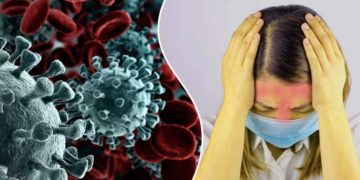

















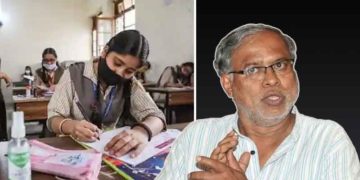

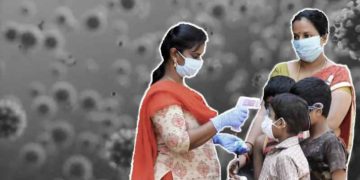


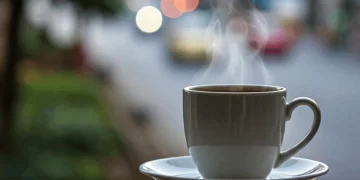









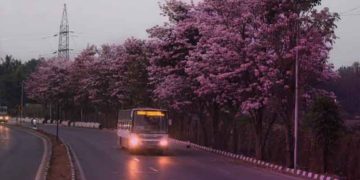















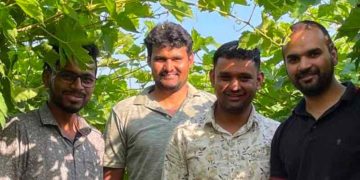







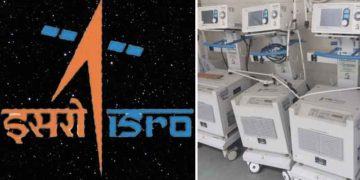









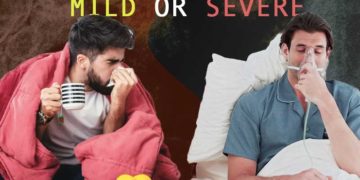
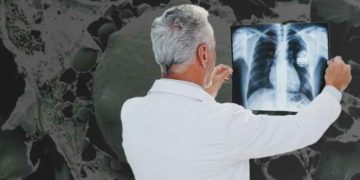


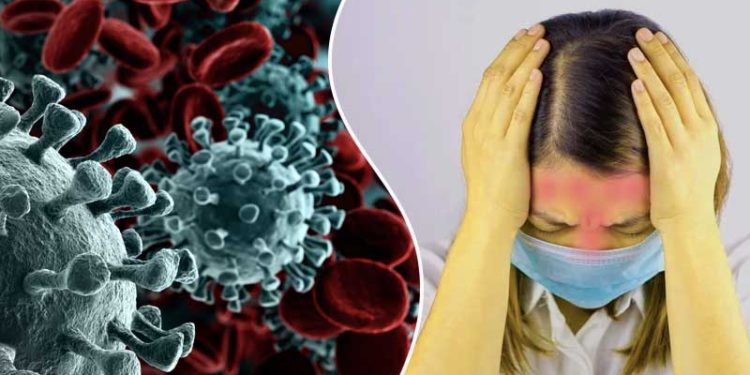

Discussion about this post